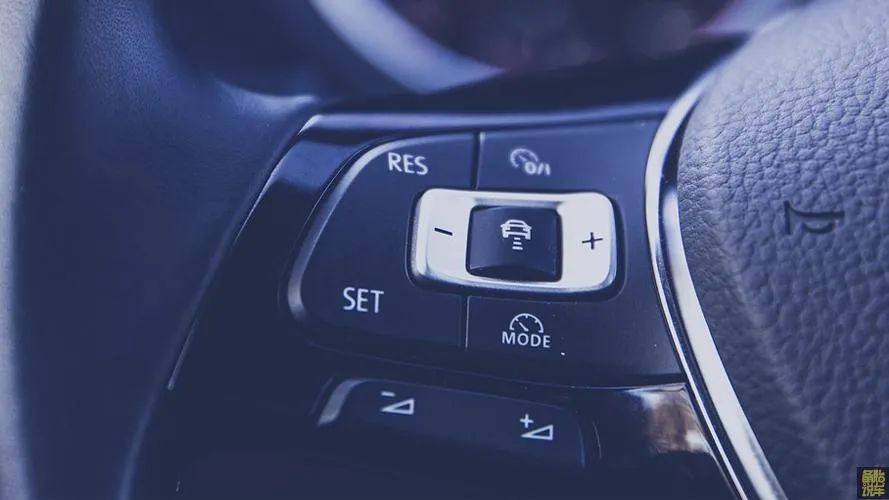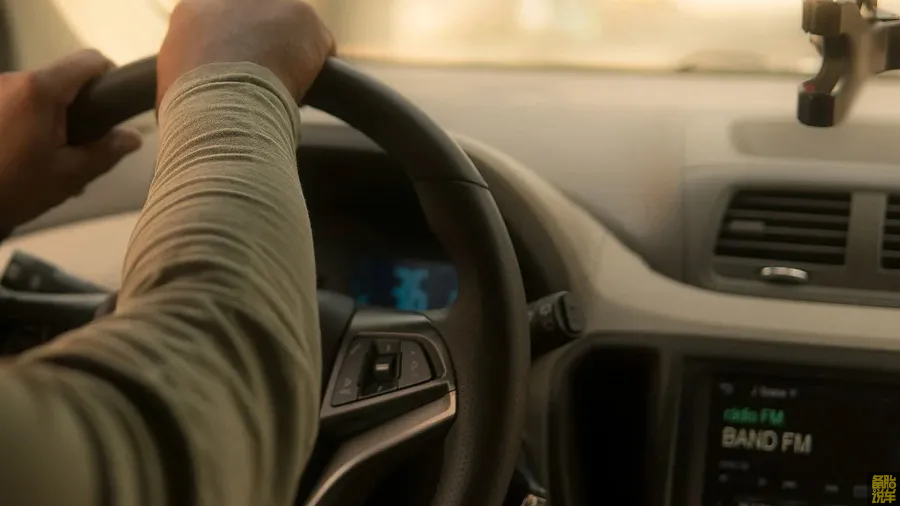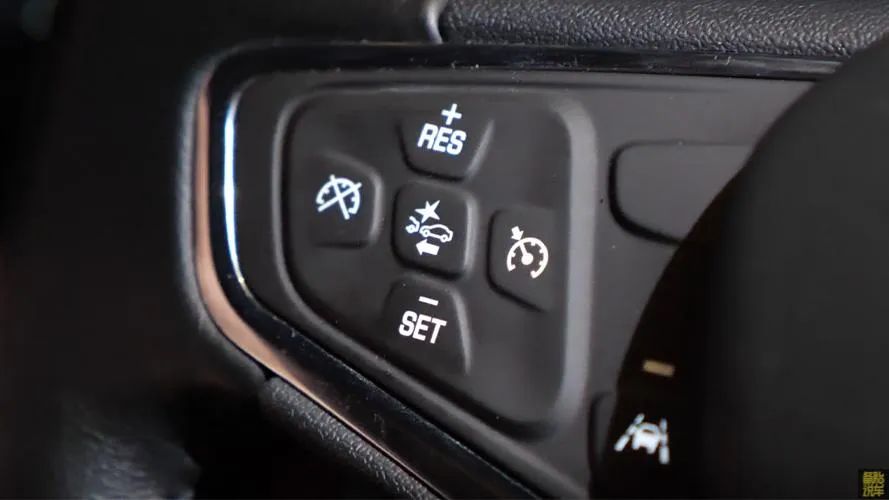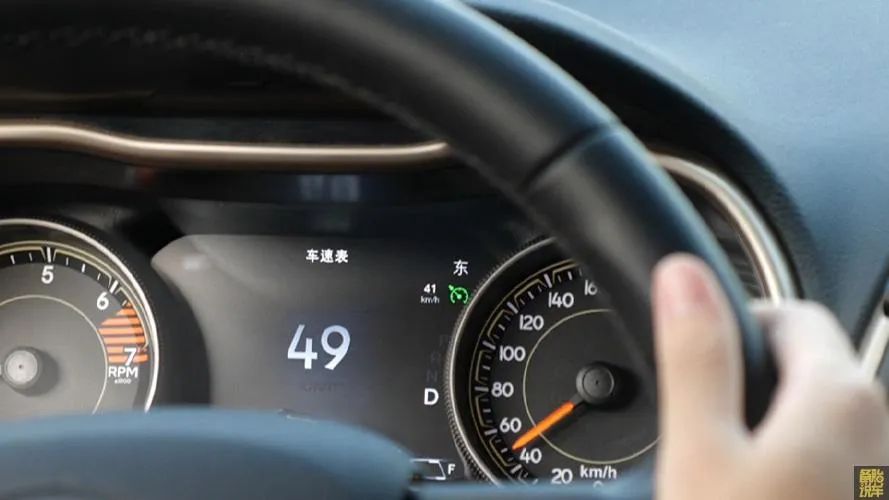Cruise control is a staple in modern vehicles, designed to simplify driving by maintaining a steady speed. Yet, surveys show that over one-third of drivers rarely or never use it. Why? Let’s dive into the reasons—and explore which car features actually enhance your driving experience.
1. How Many Drivers Actually Use Cruise Control?
A 2023 survey by Wenjuanxing revealed surprising stats:
- 72.5% of drivers own cars with cruise control.
- Only 10.34% use it daily.
- 24.14% have never activated it.
This gap highlights a disconnect: Many drivers have the feature but choose not to use it.
2. “Easy Driving” Isn’t Always Better
“Drivers perform best when their workload is balanced. Too little mental effort can lead to distraction.” – Beijing University of Technology

Cruise control reduces physical effort but can increase mental fatigue. Why?
- Manual driving keeps your brain engaged (steering, braking, speed adjustments).
- Automation may cause your mind to wander, delaying reactions to sudden hazards.
Tip: Stay alert by listening to music or chatting with passengers.
3. Fear of Losing Control
Many drivers, especially new ones, distrust automation. Research explains:
“Fear is a natural defense mechanism. Humans associate automation with risk, even if it’s safe.” – Psychology of Fear

Key concerns:
- The car “takes over” speed adjustments, which feels unnatural.
- Media stories about autonomous vehicle accidents amplify fears.
4. Limited Usage Scenarios
Cruise control excels on highways but falters in:
- Traffic jams: Requires constant overrides.
- Sudden lane changes: Manual intervention is needed.

A 2020 Dalian University study found that frequent overrides frustrate drivers, making cruise control feel like more trouble than it’s worth.
5. Car Features That Are Actually Worth It
While cruise control has flaws, these features are game-changers:
Must-Haves for $10,000 Cars in 2024
- Rearview Camera: Eliminates blind spots.
- Automatic Emergency Braking (AEB): Prevents low-speed collisions.
- Apple CarPlay/Android Auto: Seamless smartphone integration.
- Heated Seats: A cozy upgrade for cold climates.
- LED Headlights: Brighter and longer-lasting.
Budget Upgrades for Older Cars
Don’t buy a new car! Upgrade yours for under $500:
Under-$500 Upgrades
- Wireless Charger: $20–$50
- Dash Cam: $50–$150
- Seat Covers: $30–$100 (boosts comfort)

Features to Skip
Avoid these overhyped add-ons:
Unnecessary Features
- Gesture Control: Glitchy and slow.
- Massage Seats: Poor support in budget models.
- Budget HUDs: Distracting and low-quality.

Final Tips for Smarter Car Ownership
- Test Drive Thoroughly: Ensure features work in real traffic.
- Prioritize Safety: Focus on AEB, lane-keeping assist, and TPMS.
- Avoid Gimmicks: Stick to practical upgrades.

Conclusion
Cruise control isn’t for everyone, but the right car features can transform your driving experience. By focusing on safety, comfort, and practicality, you’ll make smarter choices—without breaking the bank.
Drive safe! 🚗💨
References
- Mao, K. (2011). Impact of Monotonous Road Environments on Driving Fatigue. Beijing University of Technology.
- Lei, Y., Mei, Y., & Zhang, W. (2018). Cognitive Mechanisms of Fear Generalization. Advances in Psychological Science.
- Zhang, X. (2020). Public Acceptance of L3 Autonomous Vehicles. Dalian University of Technology.
